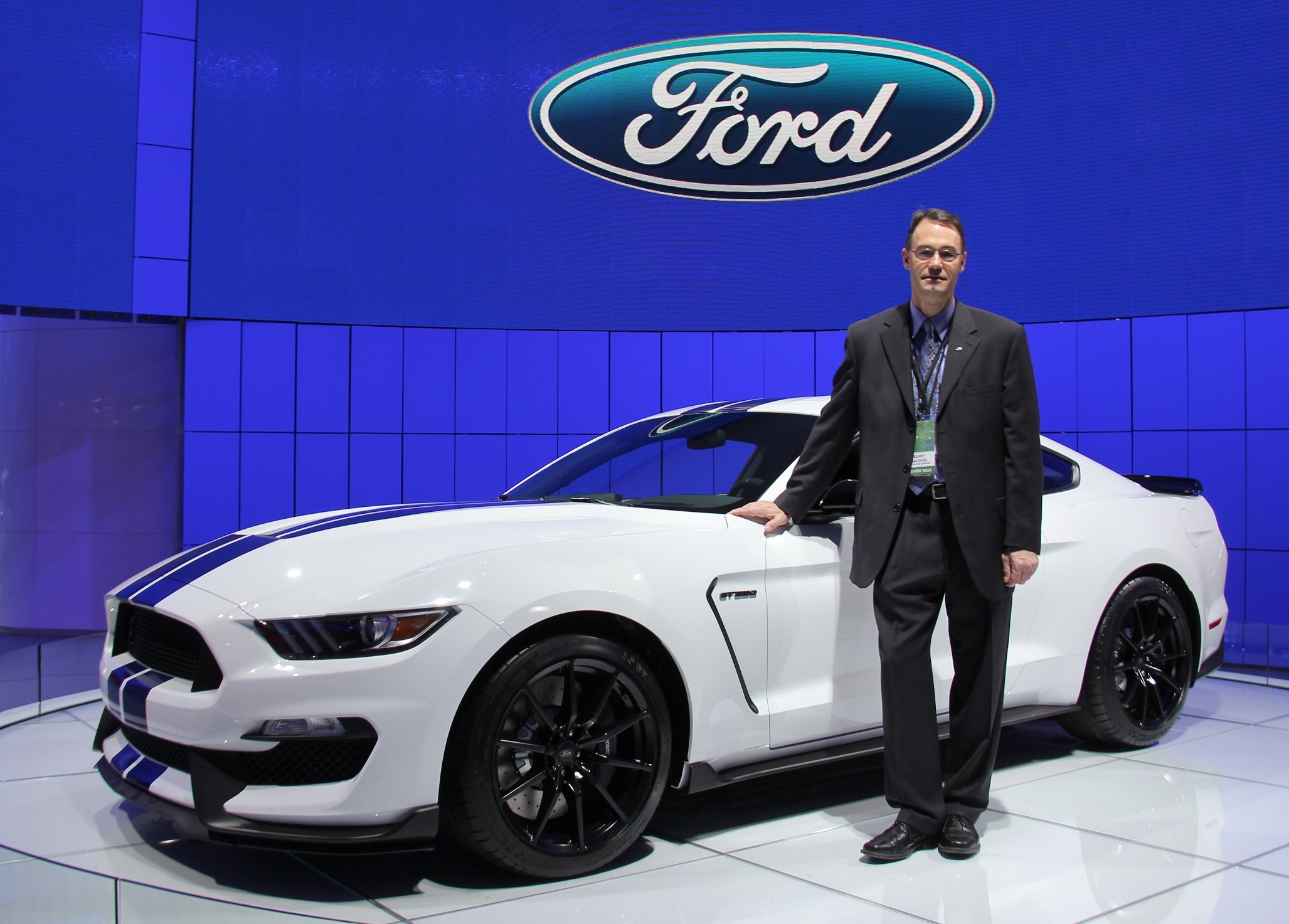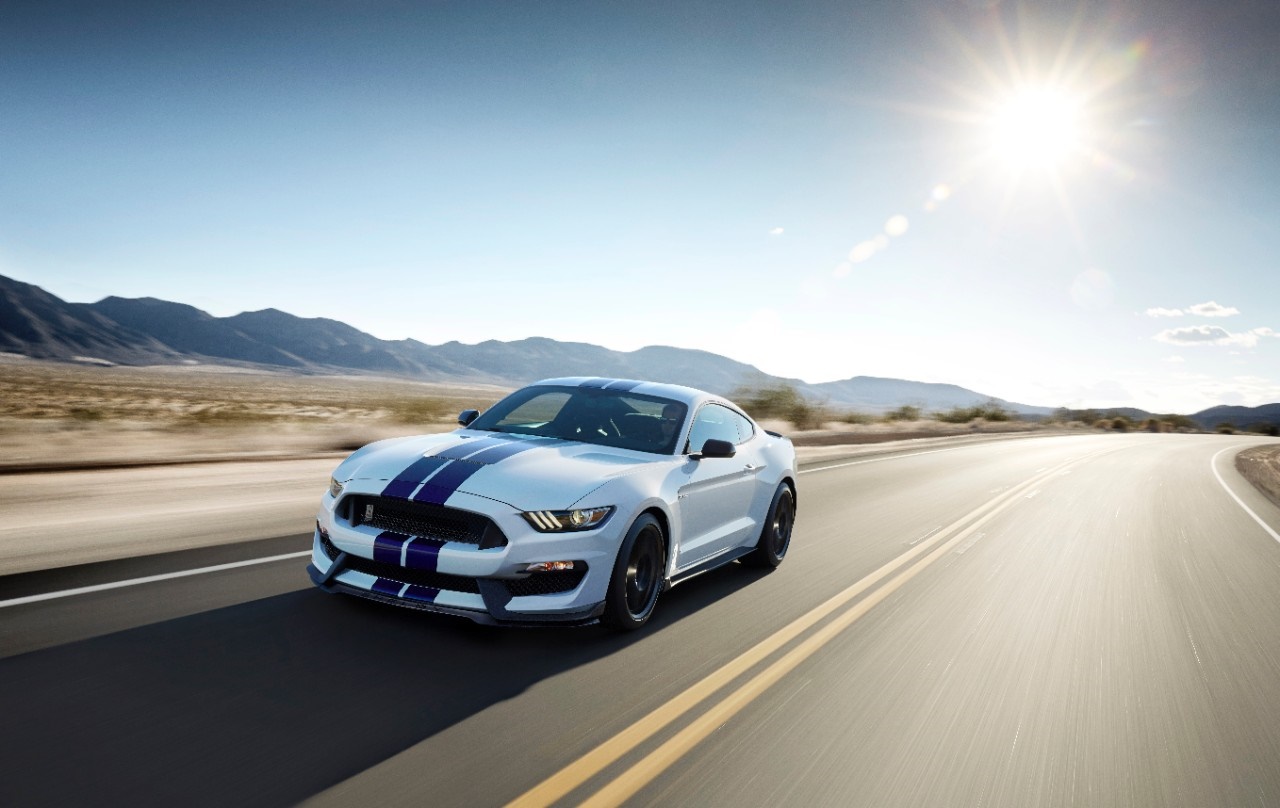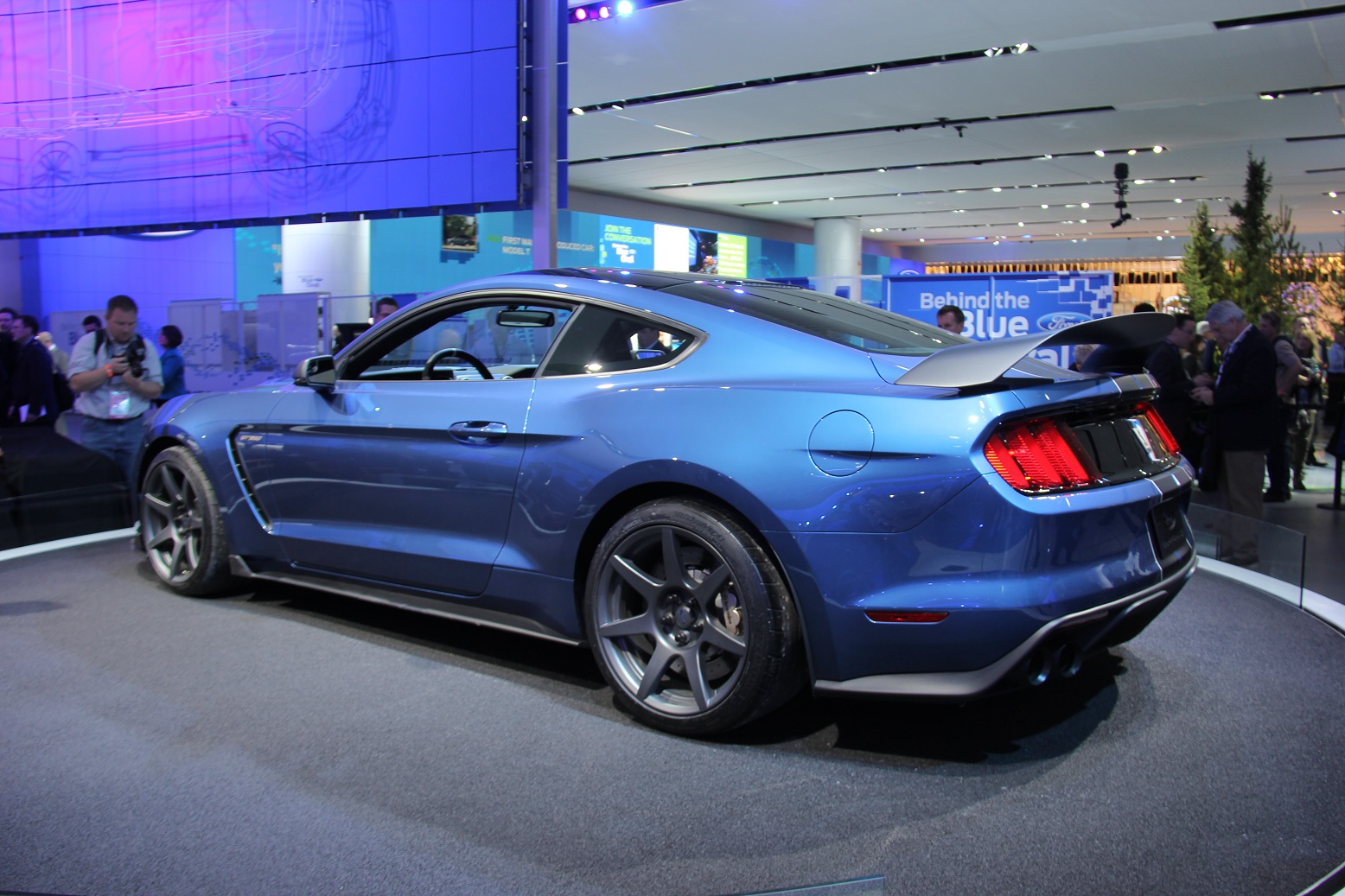Chief Ford Engineer Talks Development Strategy for Shelby GT350
One thing’s for certain, with a Mustang portfolio that now includes the Shelby GT350, the Shelby GT350 with the Track Package, and the GT350R, Ford has made sure it’s covered all the bases for anyone looking for more out of the S550. To get a better understanding of the higher-performance variants of the new Mustang in anticipation of our first chance to get behind the wheel, we caught up with Kerry Baldori, Chief Functional Engineer of Global Performance Vehicles at Ford, who helped lead the team that engineered the Shelby GT350 lineup.
The Mustang Source: The Mustang GT350 and GT350R really signify a new era when it comes to Ford performance. What was the primary goal when developing the GT350?
Kerry Baldori: The GT350 was really engineered to try to change the mindset of what we’ve always done as a domestic automaker of a muscle car which, when you look at the ’13 and ’14 Shelby, it was really about lots of power and lots of torque. The whole thing about the GT350 was getting a car that’s very well balanced. This car is much more balanced from aerodynamics, weight, power, and it’s so much better when you drive it.
TMS: Can you discuss what potential buyers will find most different between the GT350, GT350 Track Pack, and the R?
Baldori: The base Shelby GT350 is very capable, but most people don’t take their car to the track, but they want that street cred. If someone wants a car that has the name and performs well and don’t plan on taking it to the track they don’t need all the things that come with the track pack, which has all the coolers and track-capable features, but yet it still has the sound package and all the other things you might want. That’s for people who are probably going to take it to the track occasionally. The R or the extreme is for somebody who wants to buy a full-out performance car.
They (all) are going to feel completely connected to the road is the first thing and it’s going to be an experience. Everything in the car is going to fit together. The sound of the car is going to be right, how the car rides. You’re going to hear the sound of the flat-crank (V8) engine, which is going to be very unique. You’re going to have an engine that revs very, very high. You’re going to have an engine that has a lot of broadband torque. It’s not going to be one-dimensional, it’s going to be multi-dimensional.
TMS: When reports first started surfacing about the new Mustang and the push to make the car more global, there was some concern that the car might lose some street cred. Clearly, the GT350 lineup makes it clear that Ford takes that reputation very seriously. How important was staying true to that legacy for your team?
Baldori: I think if you look at the different variants that we have … and the whole Ford performance organizational rollout … the GT350 is the heart of the Mustang, it has to be part of the Mustang. If you look at all of the refinements, the IRS (Independent Rear Suspension), and all of the other things. We have spent a lot of time making sure that IRS is every bit as good for drag racing. The car is still very confident drag racing.
TMS: What was the biggest challenge when engineering the GT350 and R models to ensure that they lived up to all those performance capabilities?
Baldori: Probably putting the most content we’ve ever put into one vehicle all at the same time. And also the number of variants that we’ve done. You have the base car on one end and the R on the other end and they are all super capable. But the R is so more extreme in being race-driven, race car bred, no back seat. Nothing in that car was compromised for track performance. Even the sound package is gone. But when you get to the track package car for the base GT350, all that is back in and the car is very nice to drive. It’s quiet, but it still sounds great inside and out. You can still hear the engine. It’s still a Mustang, it handles great. I think people are going to be very happy with the steering and how it drives.
TMS: When you’re engineering a car like the Shelby GT350, how much of a factor does the idea of “street cred” away from the track play in the development process?
Baldori: Most people are not race car drivers, so they are not going to be able to go out and [drive a] two minute and second or something lap at the track. But they will be able to say, “I have the car that’s capable of that.” We want to make sure that the Shelby GT350 can perform relative to the competition and that’s where street cred comes in.
TMS: Early on, there was talk that the higher-performance variants of the new Mustang might not carry the Shelby nameplate. How important was maintaining that connection to Shelby in the overall strategy for engineering the GT350 and R?
Baldori: Shelby goes back to the original ’65, even the competition 350. That heritage and the partnership that we’ve had with Shelby is part of Mustang performance. Shelby always pushed us and we always pushed him because we were always trying to do good things together, but it’s so important that the car lives up to that name.
Chime in with your thoughts on the forum. >>
Looking for a good deal on a new Mustang? Get insider information here.






